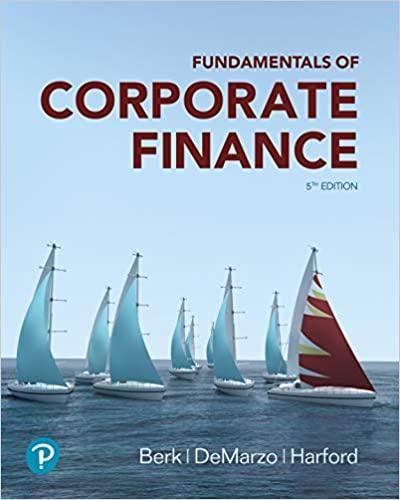Tom wants to have $200,000 in an investment account twenty-one years from now. The account will pay
Question:
Tom wants to have $200,000 in an investment account twenty-one years from now. The account will pay 0.52 percent interest per month. If she saves money every month, starting one month from now, how much will she have to save each month to reach her goal using TVM?
2. You want to purchase a new condominium that costs $250,000. Your plan is to pay 21 percent down in cash and finance the balance over 30 years at 4.7 percent APR. What will your monthly mortgage payment including principal and interest be using TVM?
3. Some 9.0 percent semiannual coupon bonds are selling for $946.00. The bonds have a face value of $1,000 and mature in 11 years. What is the expected percentage price increase in these bonds each year (the capital gain yield) using TVM?
4. A company wants to issue new 11-year, $1,000 face value bonds at par. The company currently has 5.50 percent coupon bonds on the market that sell for $973.00, make semiannual interest payments, and mature in 11 years. What coupon rate should the company set on its new bonds using TVM?

Fundamentals Of Corporate Finance
ISBN: 9780135811603
5th Edition
Authors: Jonathan Berk, Peter DeMarzo, Jarrad Harford




